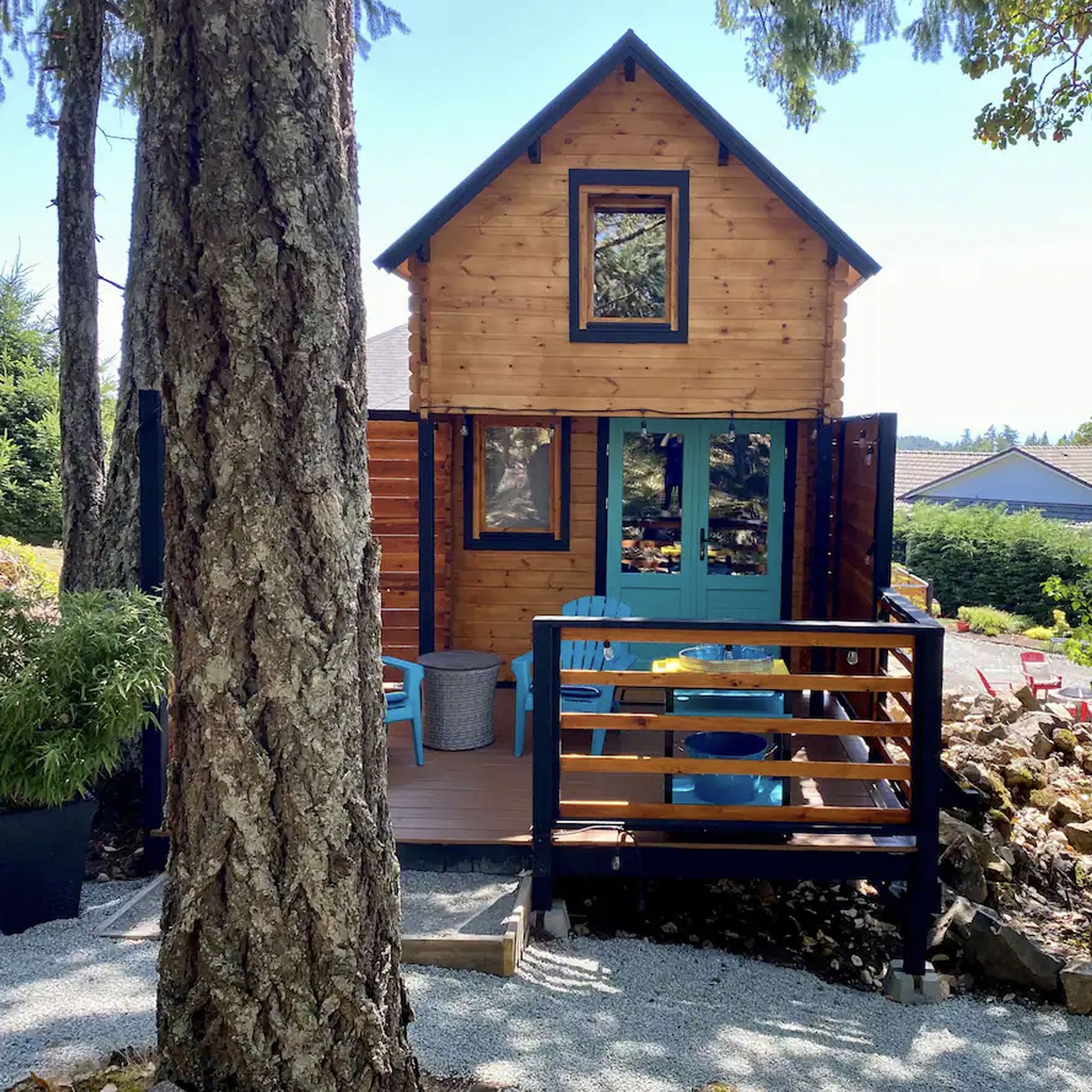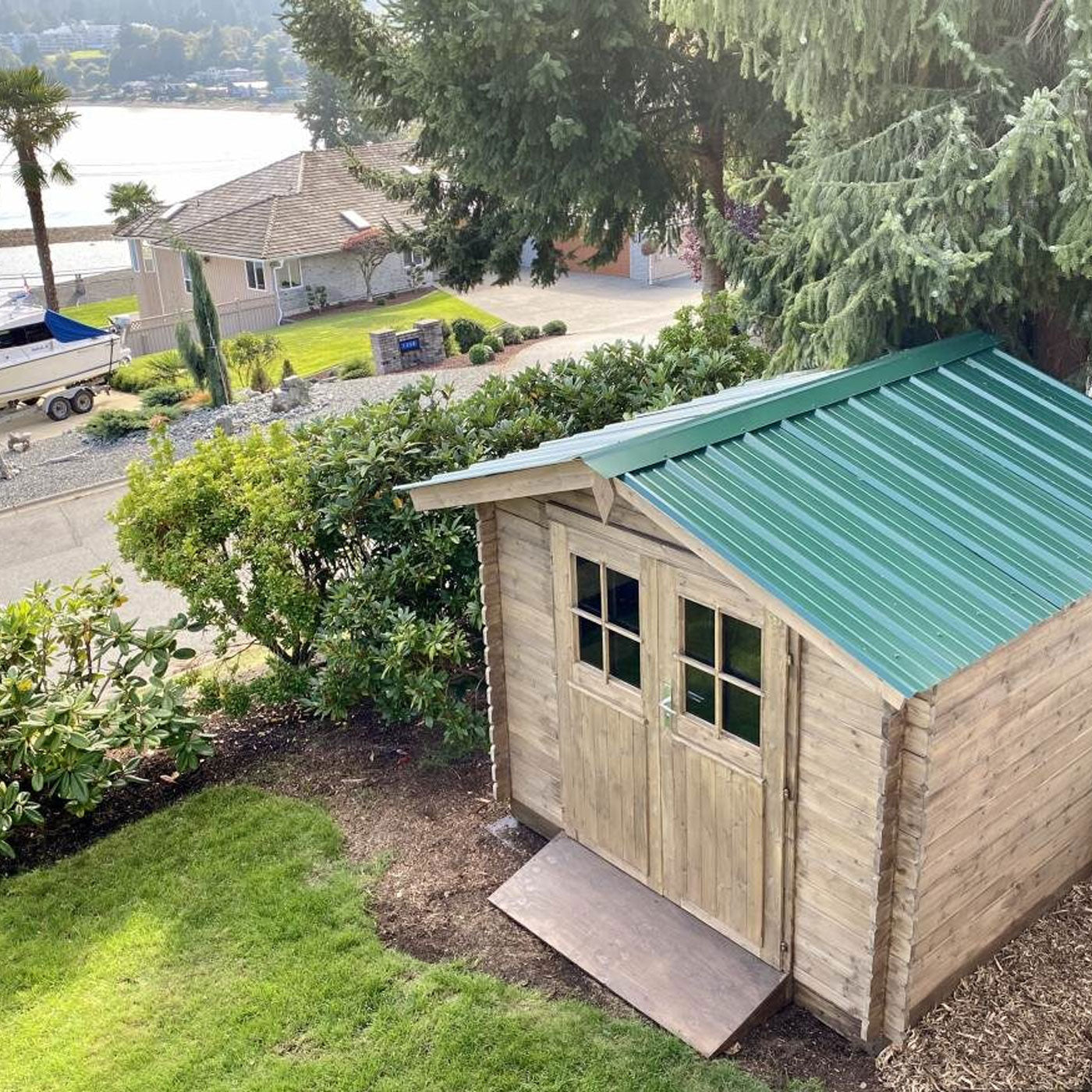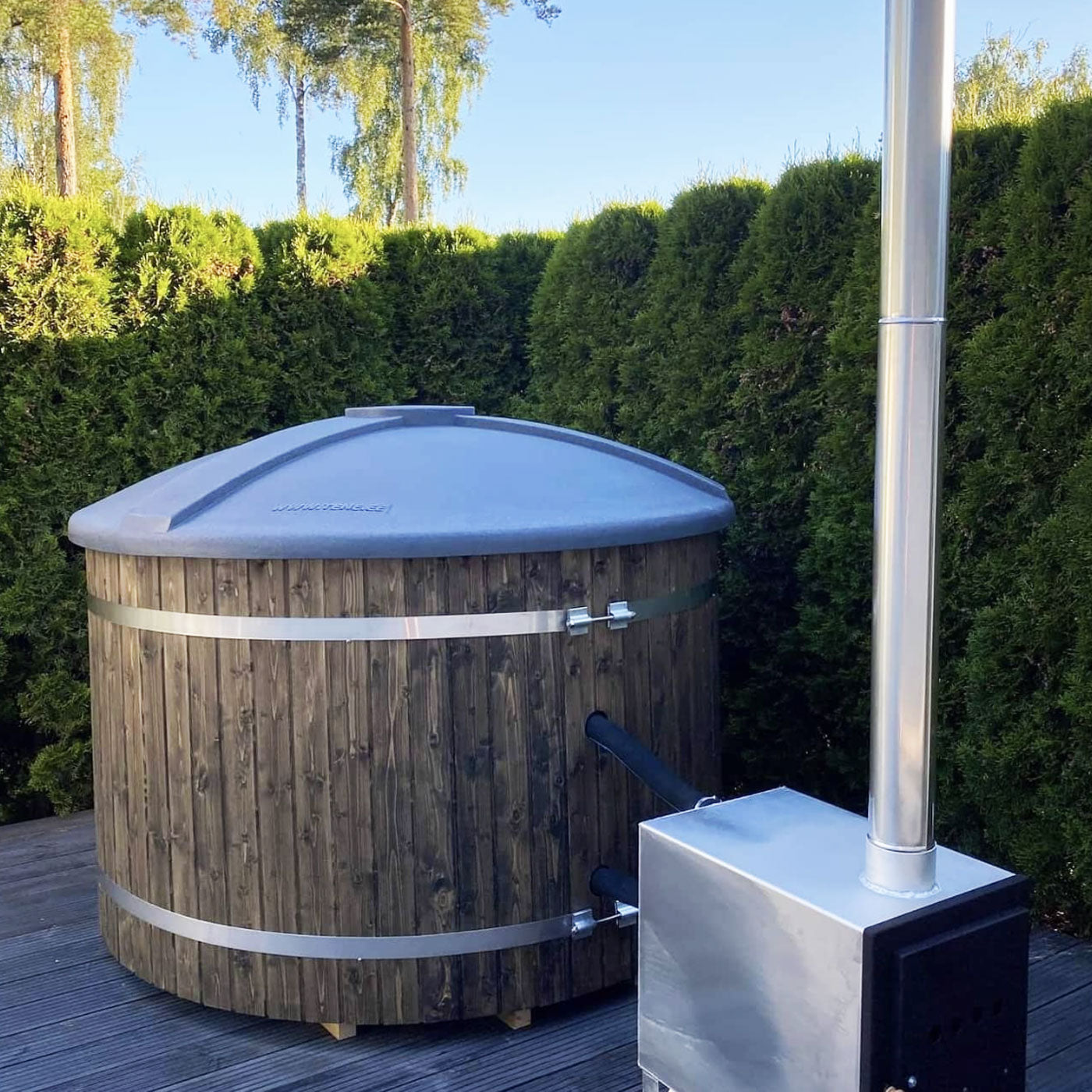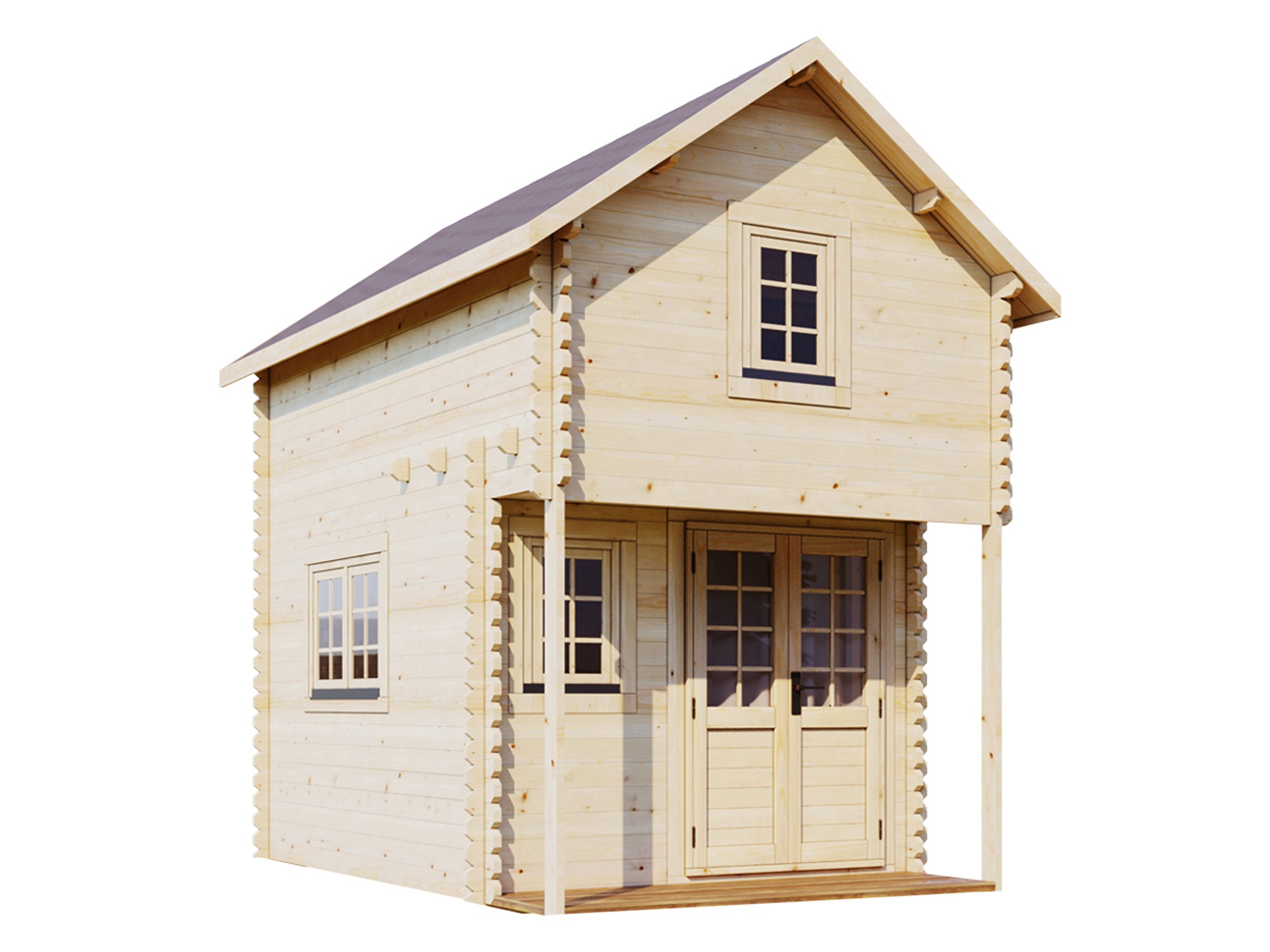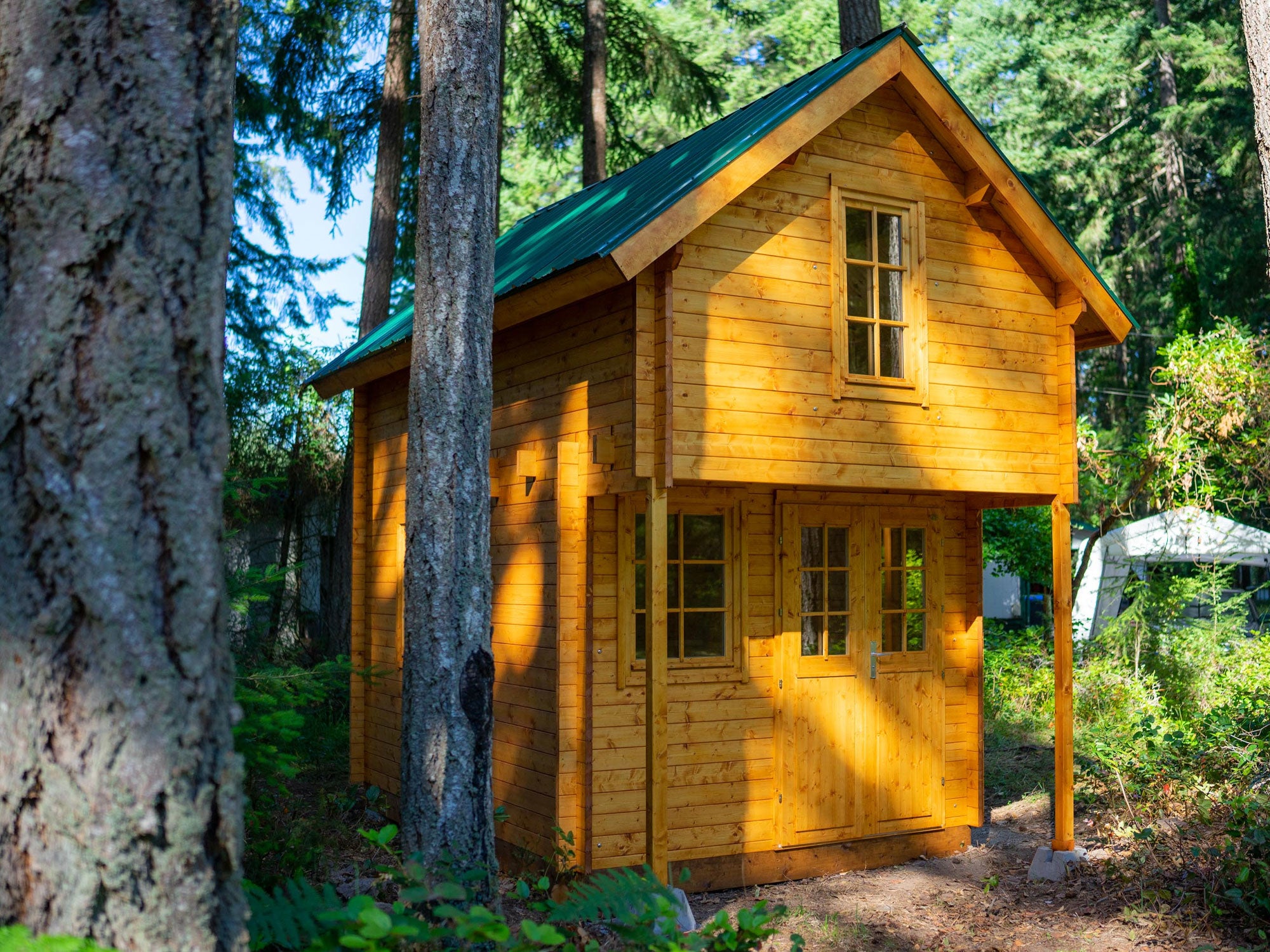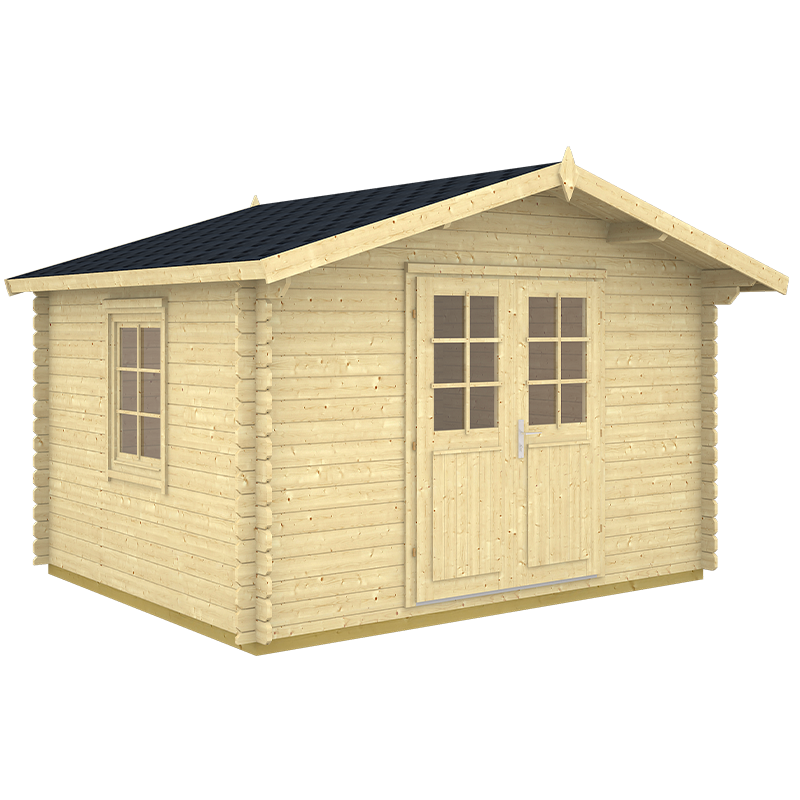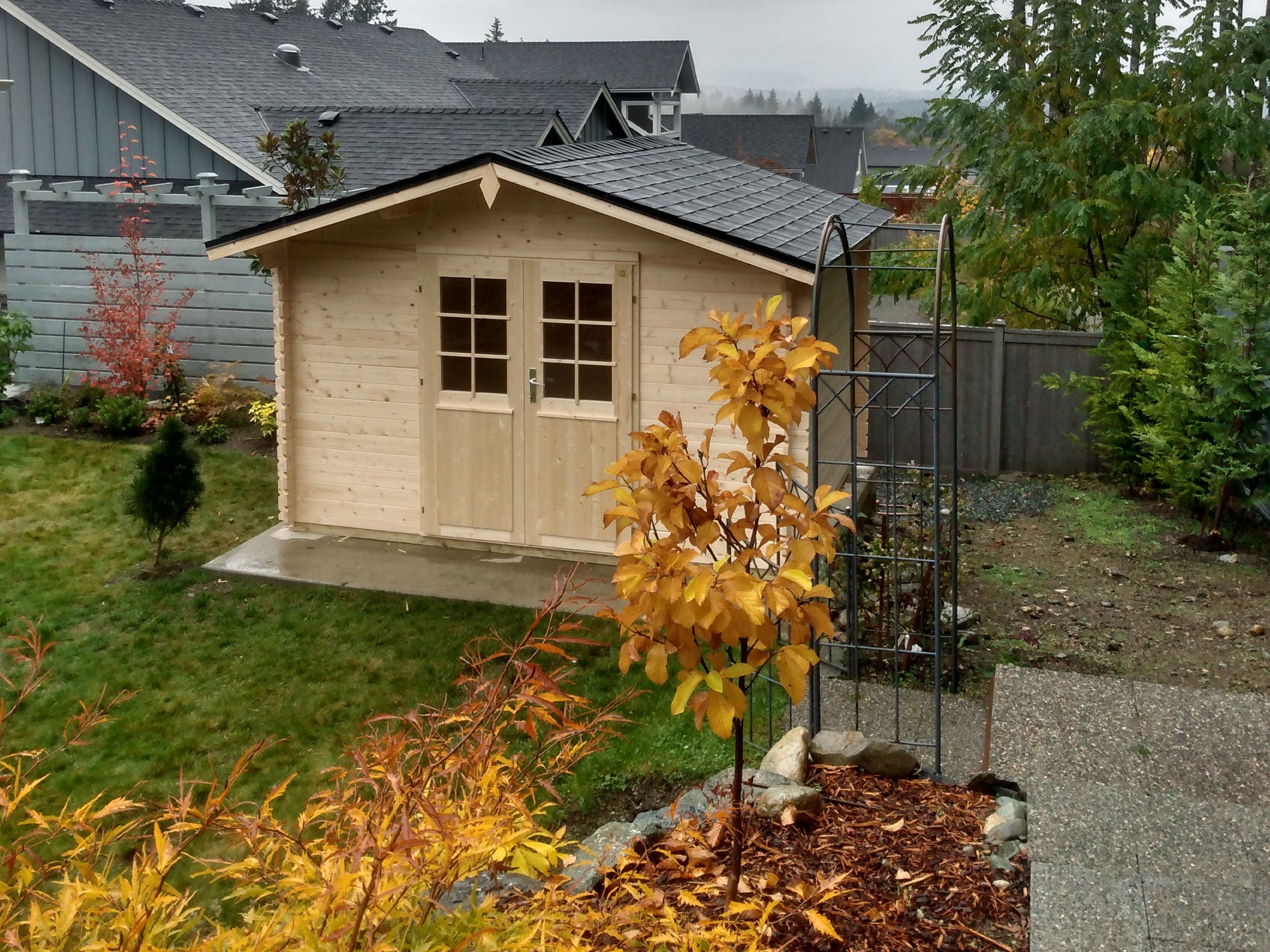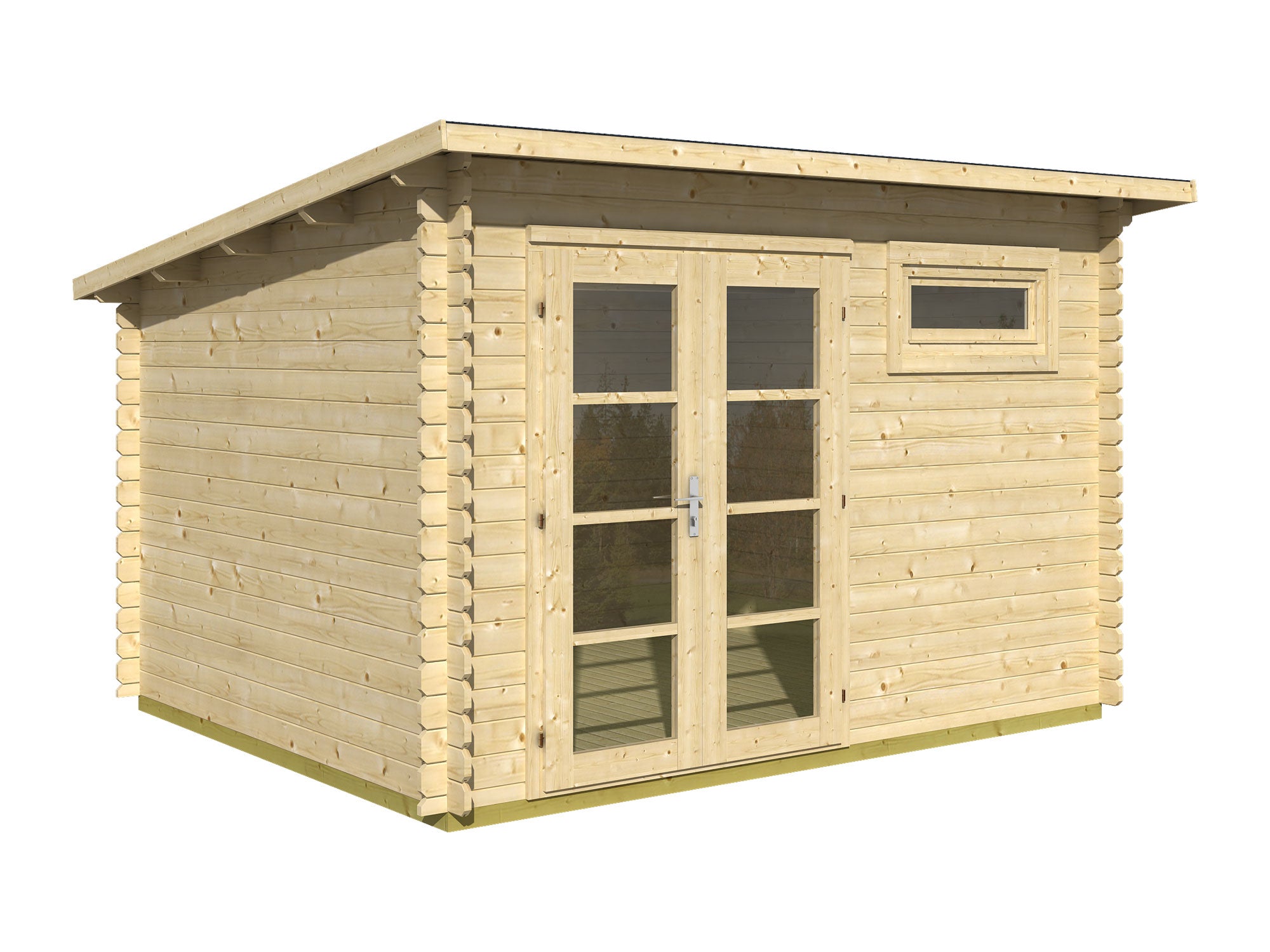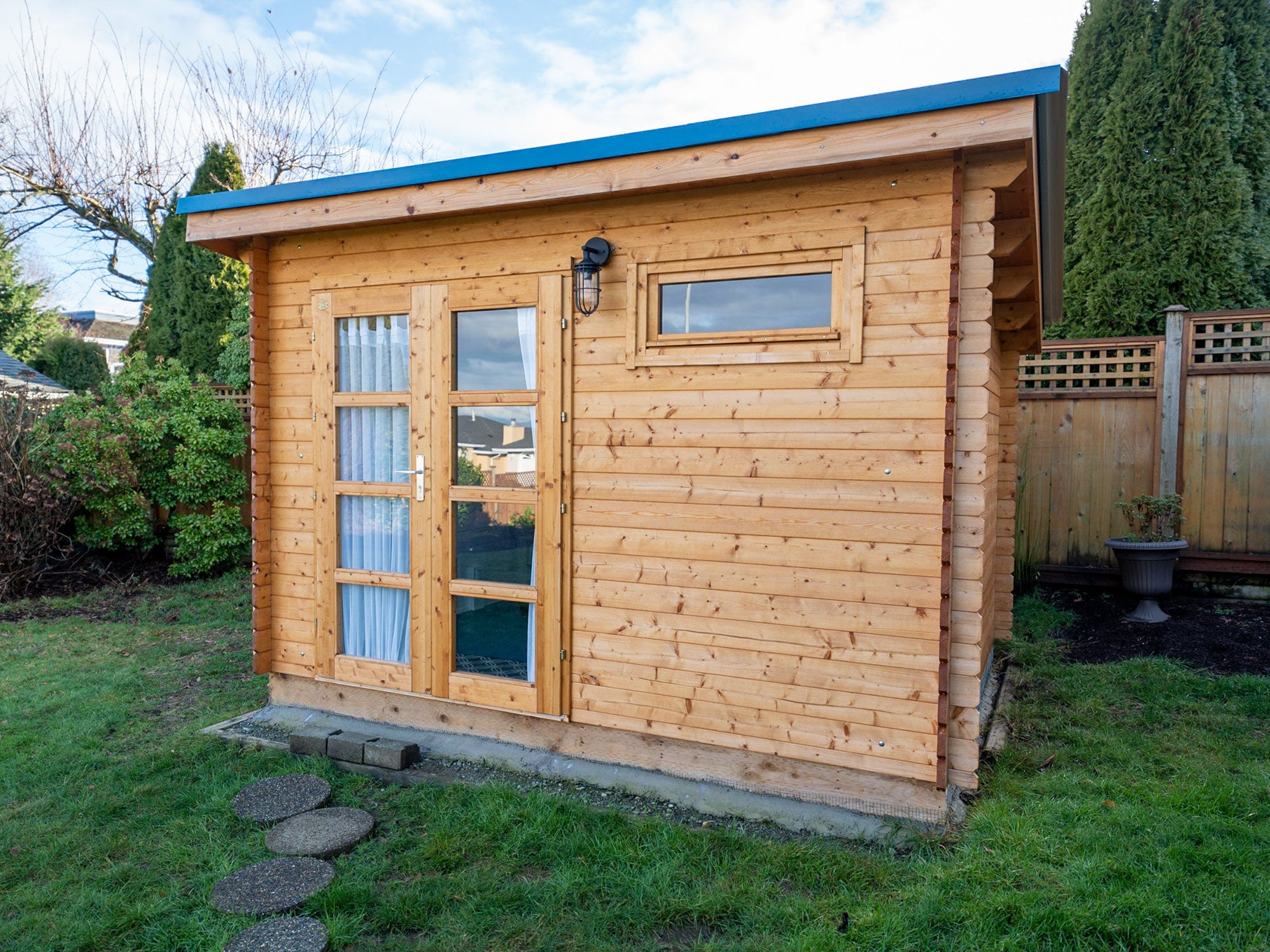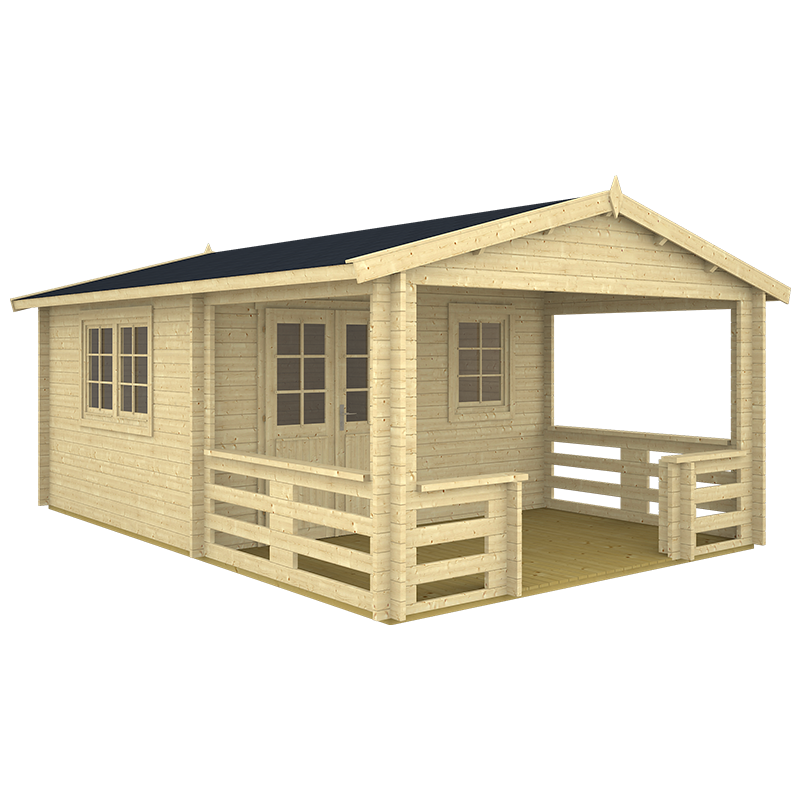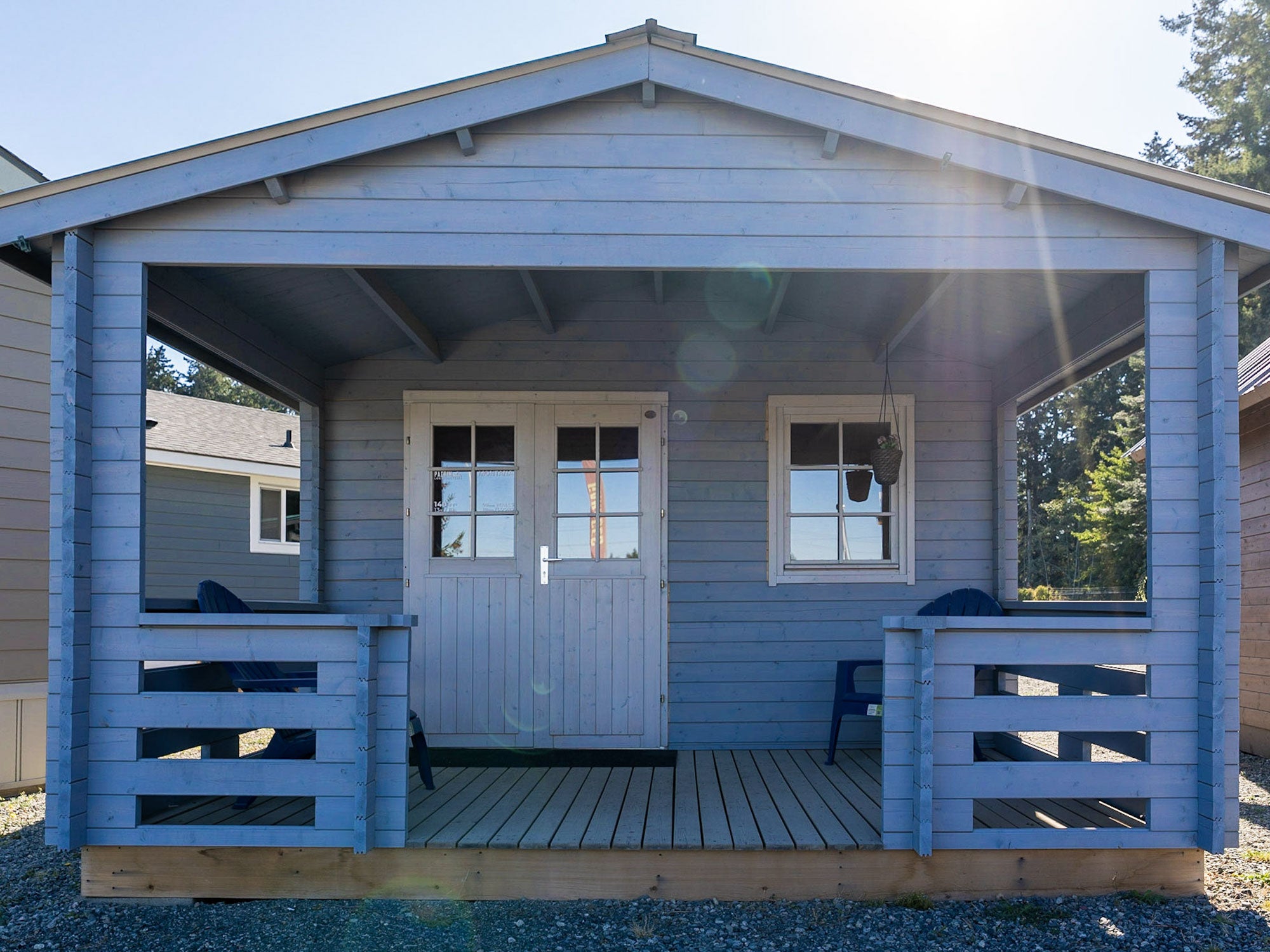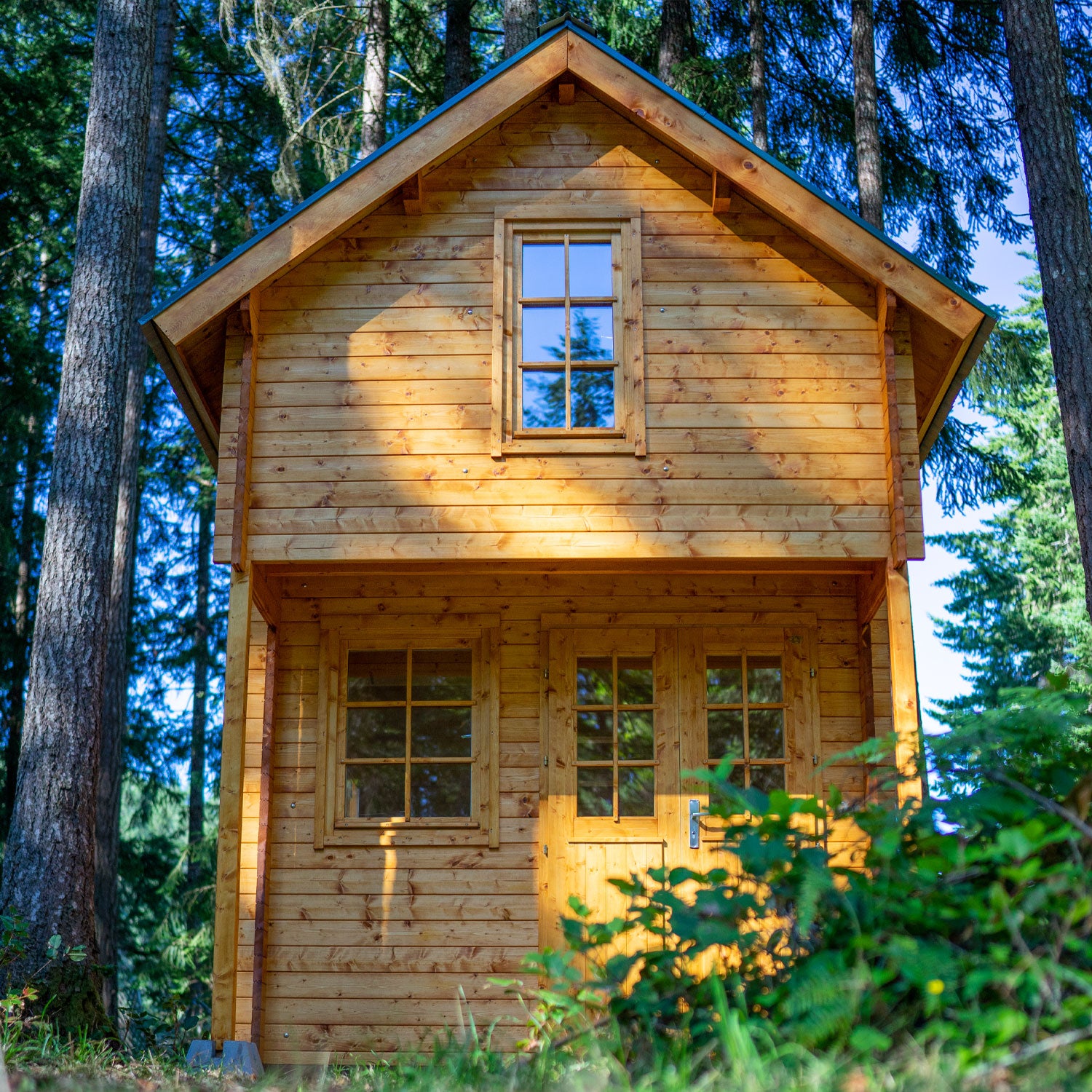
★★★★★
"This was our 6th unit purchased through PacRim!"
"Shay and Mark go above and beyond to ensure communication is always available and timely, and ordering is easy and stress free. We highly recommend the products and the company!"
– James in Duncan, BC
Our Best Sellers
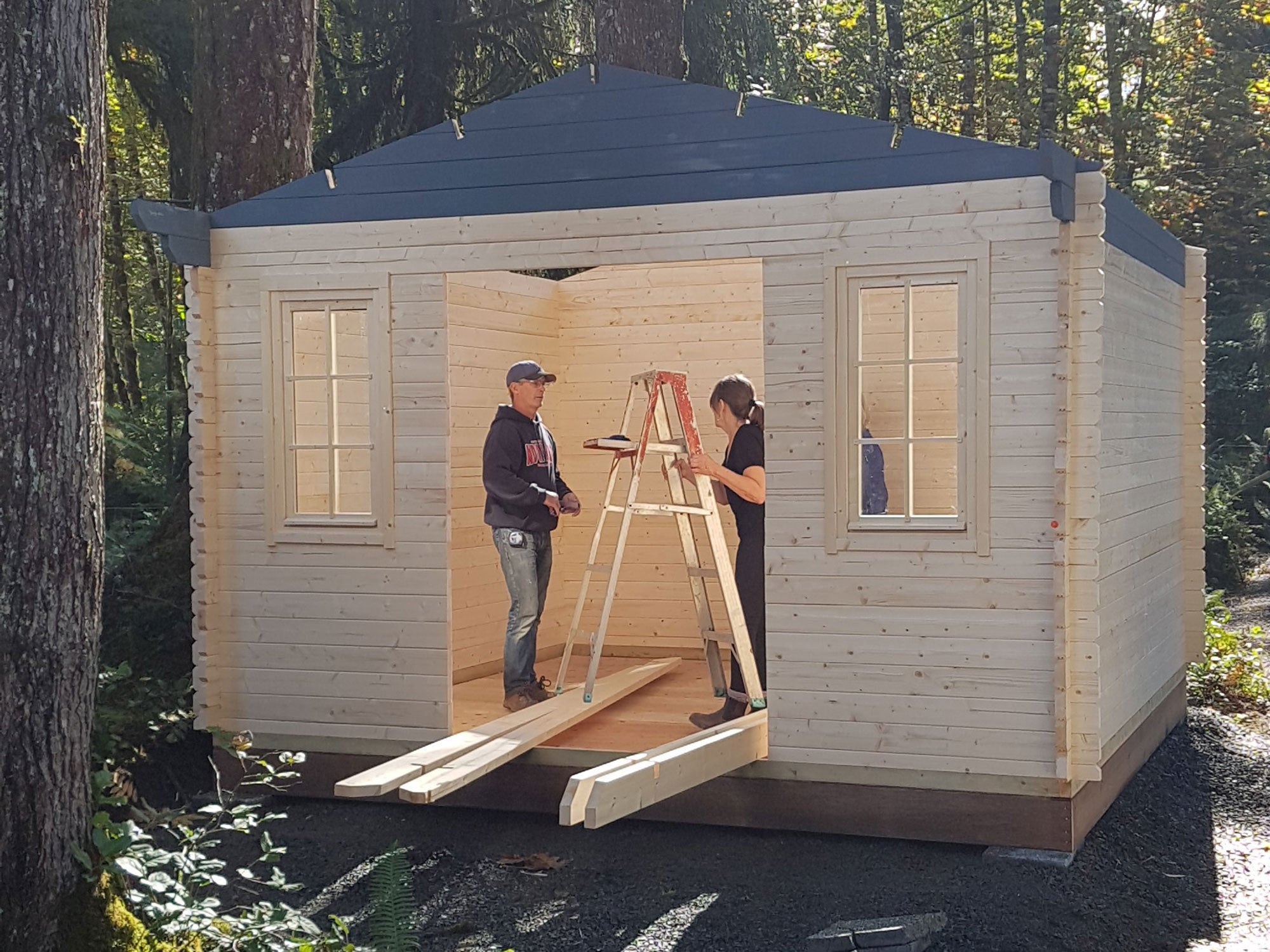
Easy to Assemble Prefabricated Log Structure Kits
With clear instructions and pre-cut materials, our kits streamline the building process, allowing for faster construction times and reduced labor costs compared to traditional building methods.
Our kits include everything you will need to build your structure and are conveniently packaged for easy transportation and assembly.
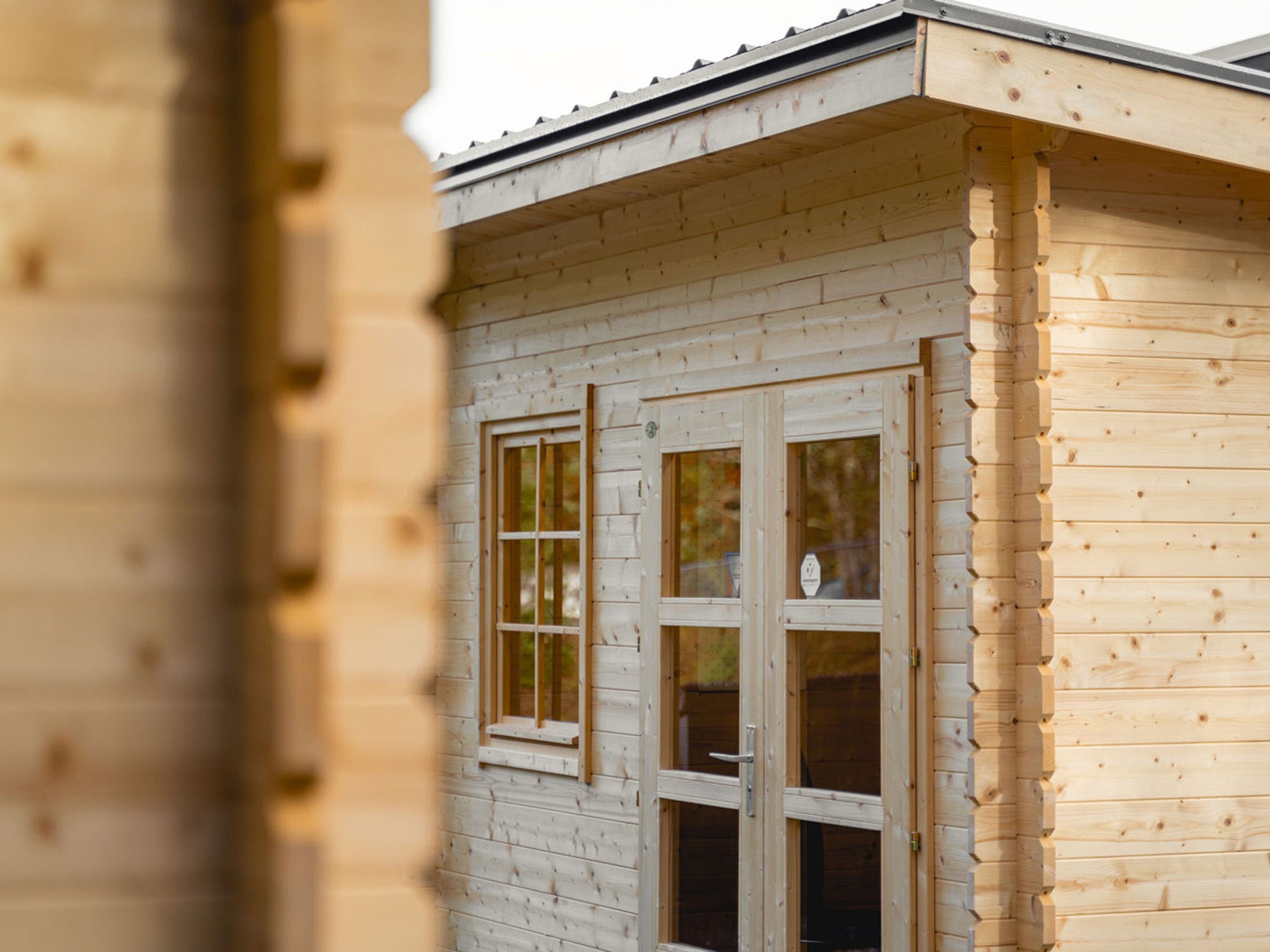
Unmatched Quality
Our kits are manufactured in Eastern Europe at a factory with over 30 years of experience and expertise in precision manufacturing of log structures.
Made from smooth, kiln dried Nordic Spruce, our structures are made easy to assemble with tongue and groove design.

Your Trusted Resource
We are here to answer your questions on building, specifications, design, and the purchasing process by phone, email, or in-person at our office in Nanaimo, BC.
Once we receive your deposit, we'll reach out to you within 1 business day to complete your order and discuss your specific needs.
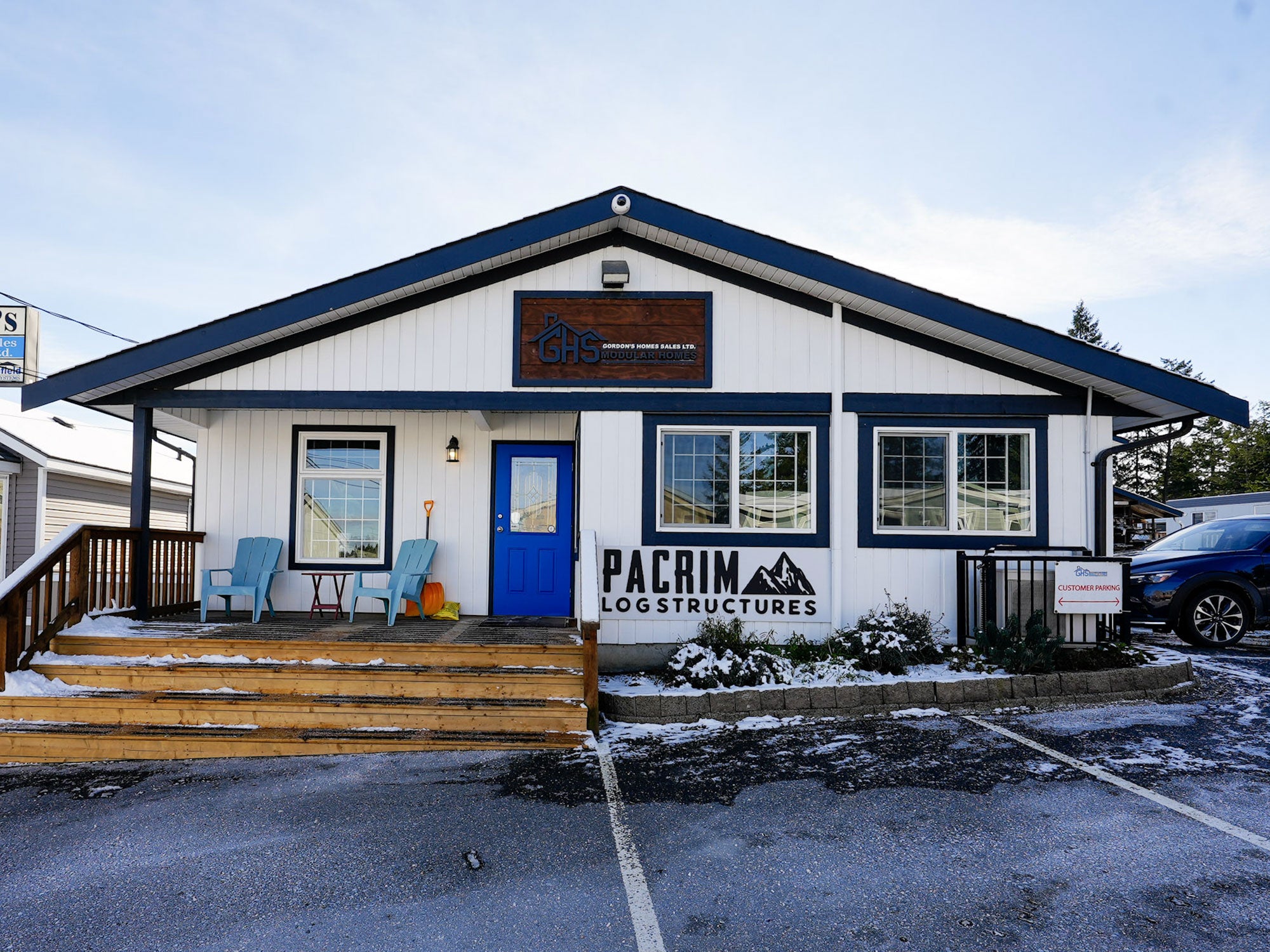
Our Location
PacRim Log Structures
1985 South Wellington Road
Nanaimo, British Columbia
V9X 1R4
Hours
Monday-Friday: 9am-5pm
Saturday: 12pm-4pm
Sunday: Closed
Phone: 844-385-0564
Email: info@pacrimls.ca
